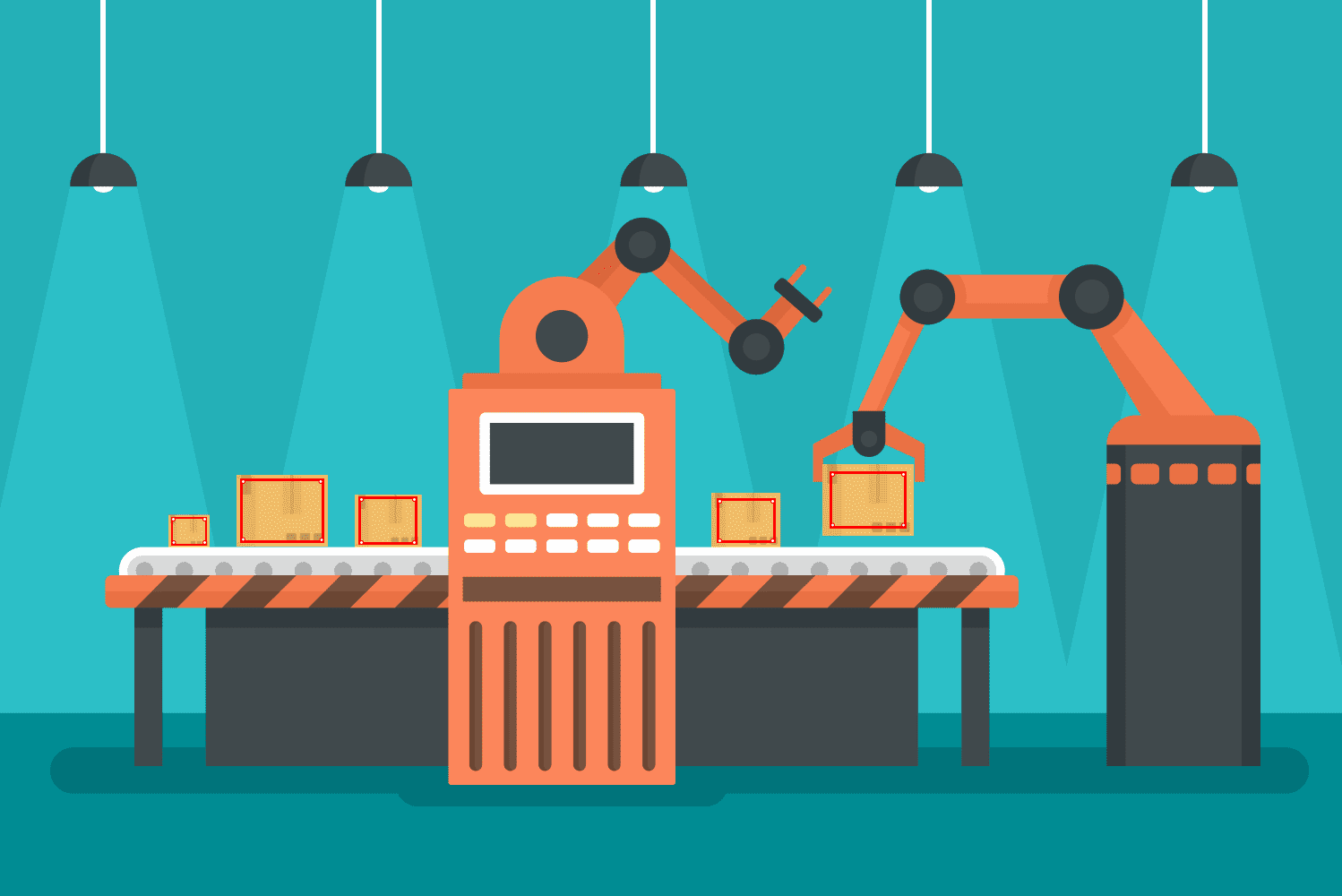
adminMay 1, 2024Uncategorized
Optimizing production processes in a competitive manufacturing landscape is crucial for success. 3D pose estimation emerges as a powerful tool, enabling robots and machines to understand and interact with the physical world with greater precision. Manufacturers unlock a range of benefits by extracting 3D pose information from objects and people in industrial settings, from improved safety to streamlined production lines.
Demystifying Pose Estimation: From Image Pixels to Precise Positioning
Pose estimation refers to identifying and tracking the location and orientation of objects or body parts (joints) in a video or image. This can be achieved in two main dimensions:
- 2D pose estimation: This technique estimates the key point locations within the image frame. It’s computationally less expensive and often the foundation for more complex tasks like 3D pose estimation. Here, the system analyzes the visual features like edges and color variations to identify patterns corresponding to joints. Convolutional Neural Networks (CNNs) – a type of deep learning architecture – are particularly adept at learning these intricate relationships between image features and key point locations. By training on vast datasets of images with labeled key points, CNNs develop a remarkable ability to predict key point positions in unseen images accurately.
- 3D pose estimation: This technique builds upon 2D pose estimation by inferring the 3D coordinates of the key points in real-world space. Imagine transforming the flat image frame into a three-dimensional representation where each key point has a depth value. This additional dimension unlocks a deeper understanding of the movement. However, extracting 3D pose information presents a significant challenge compared to 2D estimation. Here, the system needs to contend with the inherent ambiguity of a single image – depth information is not directly available from a 2D image.
While 2D pose estimation provides basic information, the 3D technique unlocks a new level of automation capabilities. It allows robots to:
- Grasp objects with greater accuracy: By understanding the 3D pose of objects, robots can precisely locate and grasp them from bins, conveyor belts, or workstations, minimizing errors and dropped parts.
- Perform precise assembly tasks: Accurate 3D pose estimation enables robots to align and assemble components precisely, ensuring consistent product quality and reducing assembly time.
- Navigate dynamic environments: In scenarios where objects or people might be moving, 3D pose estimation allows robots to track and adjust their actions accordingly, improving safety and efficiency.
Techniques for Robust 3D Pose Estimation in Industrial Setting
Extracting 3D pose information in industrial environments presents unique challenges:
- Lighting variations: Fluctuations in lighting conditions can affect image quality and hinder pose estimation accuracy.
- Occlusions: Objects may overlap in the camera’s view, making distinguishing individual parts difficult and estimating their 3D pose.
- Fast movements: Robots and machines may operate at high speeds, requiring real-time pose estimation for accurate interaction with objects.
Researchers are actively developing techniques to address these challenges:
- Deep learning-based techniques: Convolutional Neural Networks (CNNs) trained on vast datasets of industrial images with accurate 3D pose annotations can achieve high pose estimation accuracy even in challenging lighting conditions.
- Sensor fusion: Combining data from multiple sensors like cameras and LiDAR (Light Detection and Ranging) can provide a richer understanding of the environment and improve pose estimation robustness.
- Edge computing: Real-time pose estimation with minimal latency can be achieved by processing data closer to the source (e.g., on the robot itself) instead of relying on centralized servers.
These advancements are paving the way for reliable and accurate 3D pose estimation in industrial settings.
Revolutionizing Manufacturing
Extracting 3D pose information from industrial videos and images opens doors to exciting possibilities:
- Improved safety: By enabling robots to precisely perceive their surroundings and avoid collisions with objects or people, this advanced technique contributes to a safer working environment.
- Enhanced quality control: Robots equipped with this technology can perform automated visual inspections of products, and identify defects with greater accuracy and consistency.
- Streamlined production lines: Precise object manipulation and real-time environment awareness facilitated by this advanced 3D technique allow for smoother workflows and increased production throughput.
- Optimized robot programming: Manufacturers can streamline robot programming and deployment by simplifying robot path planning and object manipulation tasks through accurate 3D pose data.
DeepLobe: Empowering Manufacturers to Leverage the Power
While the technical aspects of 3D pose estimation can be intricate, DeepLobe empowers manufacturers to leverage this powerful technology for industrial automation applications. DeepLobe is a no-code AI platform that provides user-friendly tools for computer vision tasks, including 3D pose estimation specifically designed for industrial environments.
DeepLobe’s intuitive interface allows engineers to upload industrial video or image data and effortlessly extract 3D pose information. The platform utilizes pre-trained models that address the challenges of lighting variations, occlusions, and fast movements common in factory settings. Here’s how DeepLobe simplifies 3D pose estimation for industrial automation:
- Easy upload: Simply drag and drop your industrial video or image data into the DeepLobe interface.
- Model selection: DeepLobe offers pre-trained models specifically optimized for industrial scenarios, allowing you to choose the model that best suits your specific application, whether it’s robot grasping, assembly line tasks, or visual inspection.
- Automatic processing: DeepLobe takes care of the complex computations behind 3D pose estimation, freeing up your engineers to focus on higher-level tasks like robot programming and process optimization.
DeepLobe empowers manufacturers to experiment with the new-age technology and rapidly develop innovative automation solutions. Whether you’re looking to improve robot grasping accuracy, automate product inspections, or optimize production line workflows, DeepLobe can help you unlock the full potential of 3D pose estimation in your industrial setting.
Ready to revolutionize your manufacturing operations with the power of 3D pose estimation? Sign up for a free DeepLobe account today and see how easy it is to get started!
